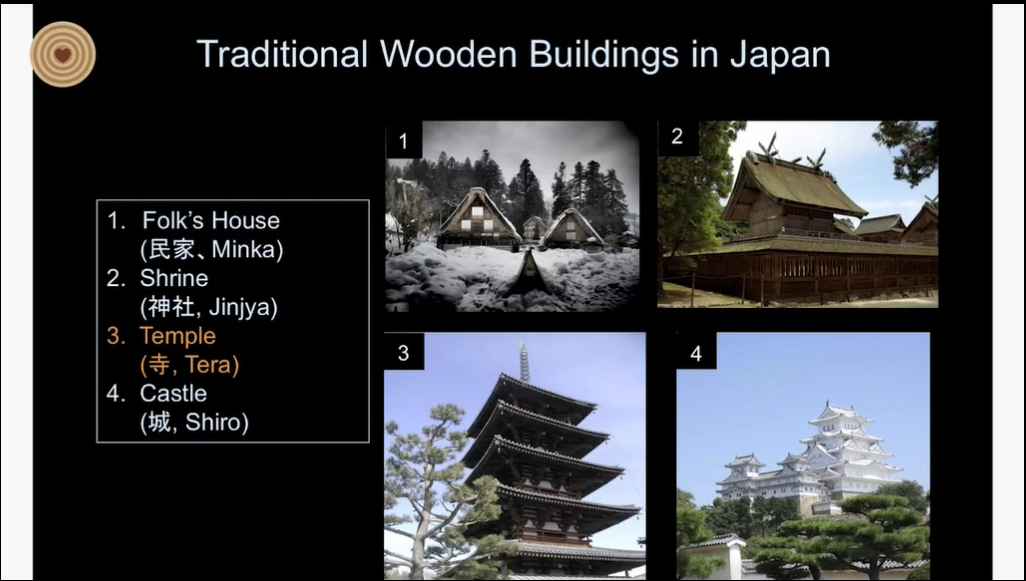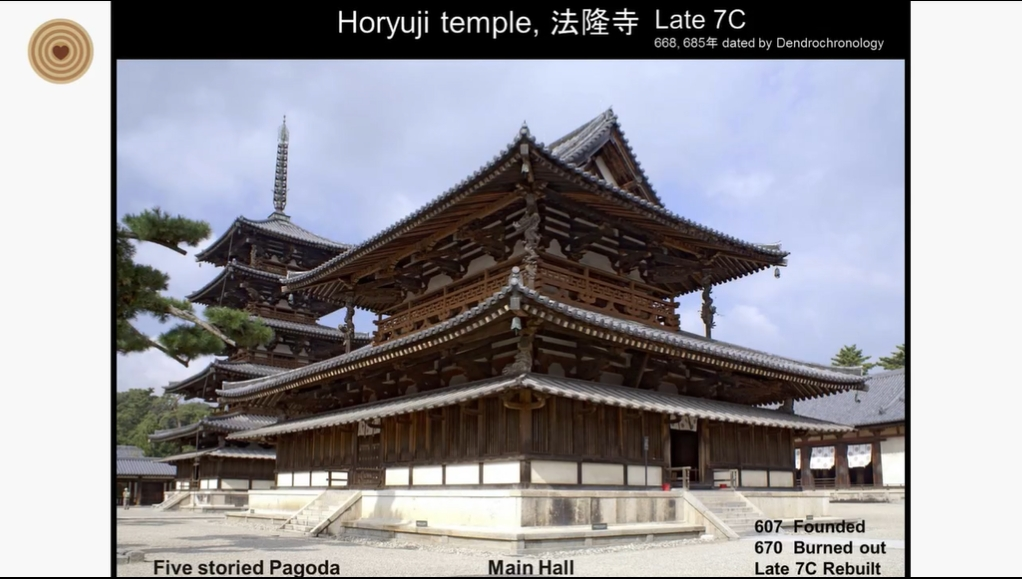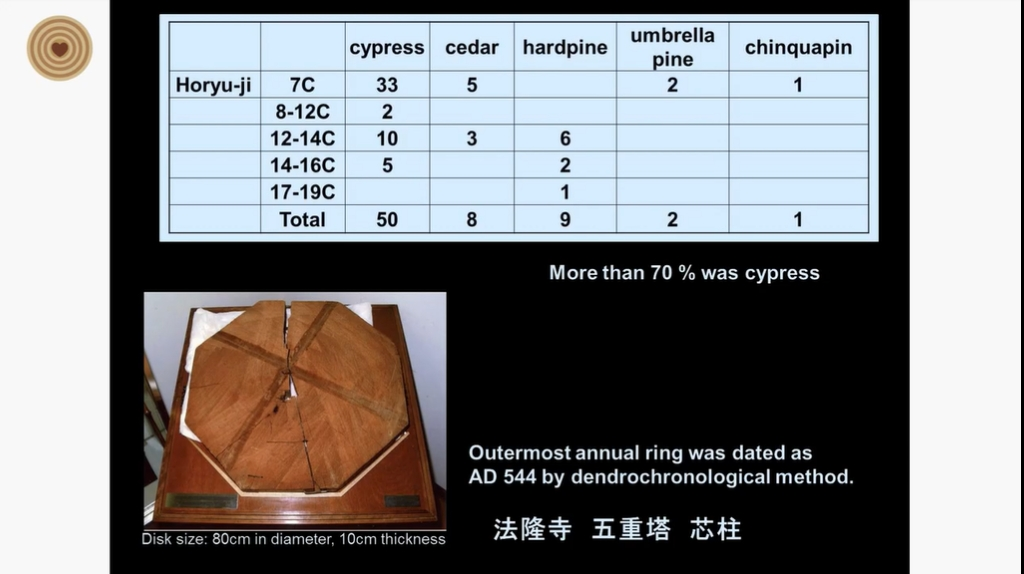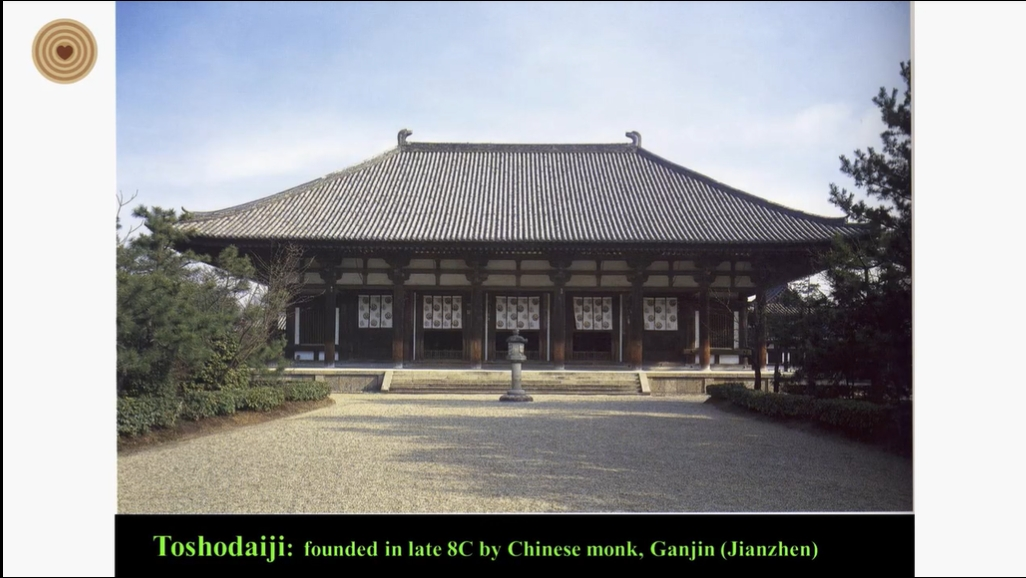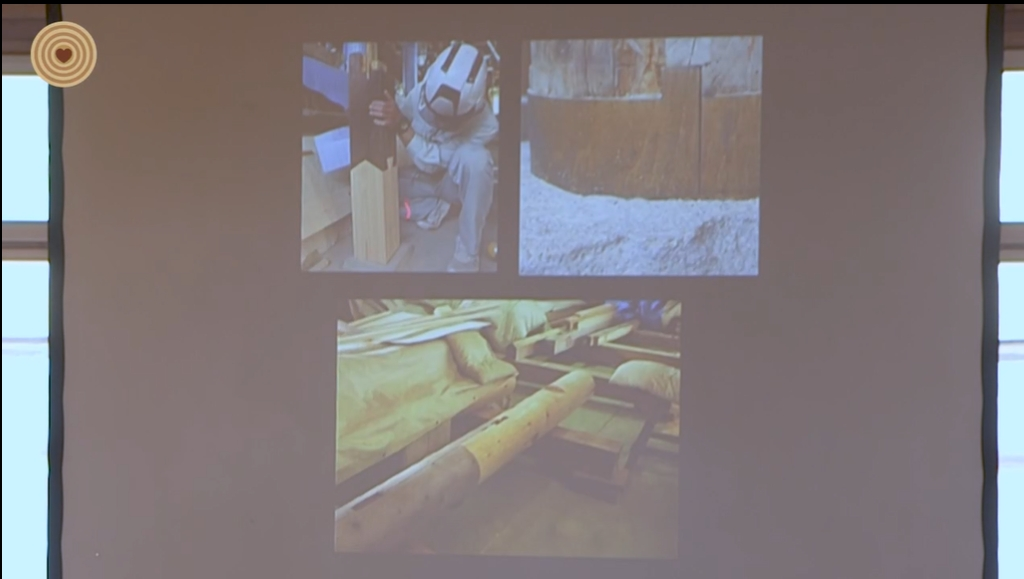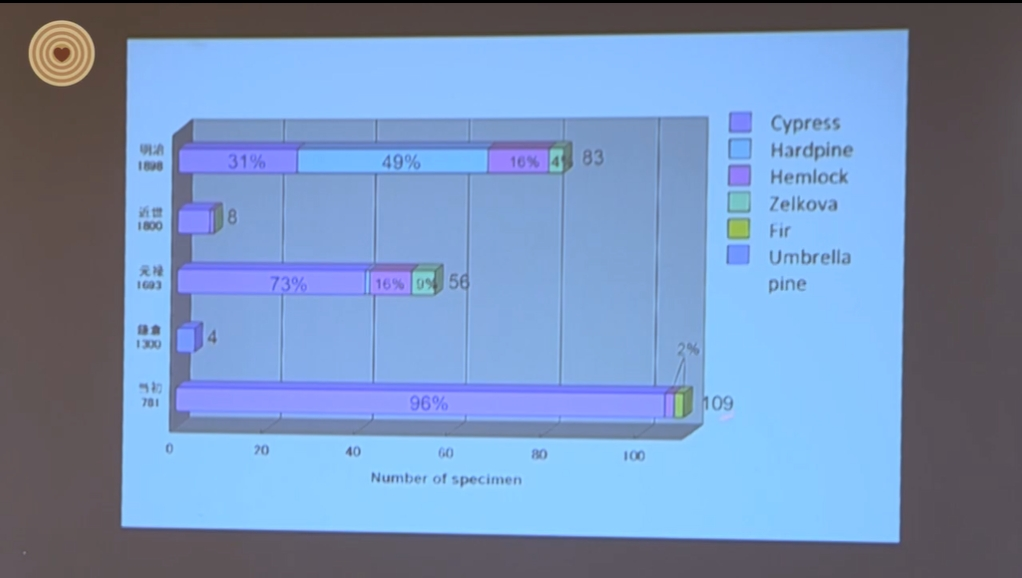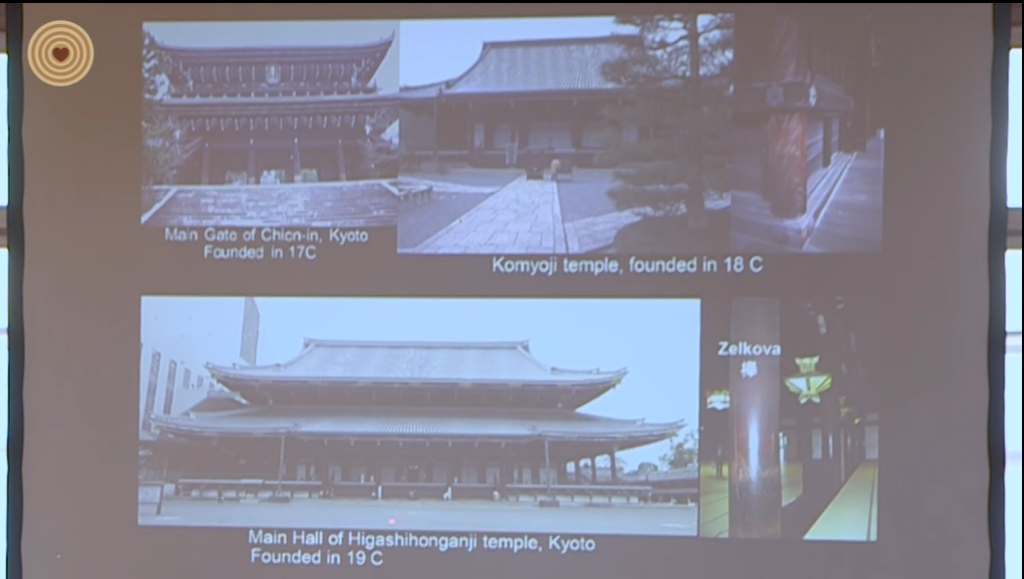会议时间:2019年3月21-23日
会议地点:奥地利·格拉茨
演讲嘉宾:Takao Itoh
Professor Emeritus, Kyoto University
摘要:
Sustainableprotection of temples symbolize wood culture in Japan.
It is said 30 woodenbuilding of temples constructed in 7-8 century are located in Nara prefecture.Toshodaiji, built by Chinese monk, Jianzhen (Ganjin in Japanese), is one ofthem. The main hall had been under dismantling and repair works from 2000 to2009. The speaker had an opportunity to identify wood species used for the mainhall and visited three times in different season to collect small woodspecimens from ca. 300 different parts of the building during the term of itsrenovation. The temple has been renovated several times in different era up tothe present time. Wood species used for original wood materials, wood renovatedin Genroku era (1693-1694) and Meiji era (1898-1899) were compared. More than90 percentage of original wood materials were made of Hinoki cypress(Chamaecyparis obtusa). However, as time advances, the ratio of hinoki cypressgradually decreased and were replaced with other species such as hardpine(Pinus densiflora or p. thunbergii), Japanese hemlock (Tsuga sieboldii) andJapanese zelkova (Zelkova serrata). More than 50% of timbers used for therenovation in Meiji era were hard pines. This is because of a shortage ofhinoki cypress even in ancient era of Japan.
There areapproximately 80,000 temples and 90,000 shrines in Japan. The JapaneseAssociation for Conservation of architectural Monuments and other associationsare in charge of the renovation of some temples and shrines systematicallyevery year. When the central golden hall which is the most important buildingof Kohfukuji temple in Nara was rebuilt from 2010 to 2018, all pillars wereimported from Africa. So far the speaker knows, this is an exceptional case ofwood selection used for temple renovation. It might be a matter of time to meetmore difficult problem for the selection of wood at the renovation of thesecultural properties because of the shortage of useful solid wood. Will it bepossible that the temple made of laminated wood or plywood is accepted bycitizens as cultural heritage?
责任编辑:iwcs25P/H


 1,646
1,646